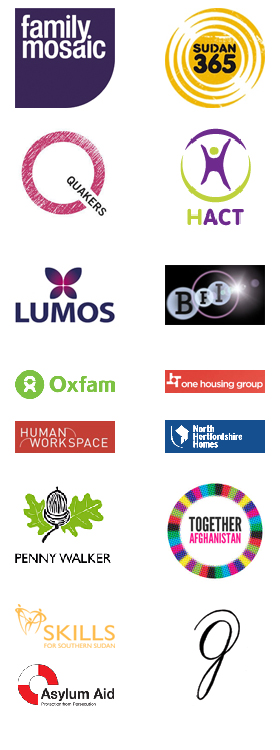It’s not often that, at the end of a branding development process, you feel more engaged with the brand than you did at the beginning: but this was definitely the case with WasteWatch. This one demonstrated the benefits of collaboration between client and consultant, and simultaneously opened my eyes to the world of waste.
I know. It doesn’t exactly sound glamorous. But it is inspiring. Believe me.
Those lovely people at Forster asked me to help WasteWatch reposition their brand. The challenge for the organisation was that the nature of waste had changed. Back in the late 80s, when WasteWatch started, it was all about educating people in the 3Rs: reduce, reuse and recycle. That had been a success. Now the organisation wanted to redefine our relationship with waste.
My task was to work with WasteWatch and help them develop a new brand story, a new brand positioning and a new strapline. As ever, I had a lot of ideas. And thoughts. And words. But it took a fruitful face-to-face meeting with Sam from WasteWatch to bring it all to life. He brought me up-to-date with their thinking. And slowly, but surely, we managed to turn this into coherent copy. I’d draft. He’d comment. I’d re-draft. He’d comment again.
Often, in these processes, you can feel tired and frustrated. But this was never the case. The evolution of the right words took time. And eventually, they told the right story.
Here’s one example of how we can waste less and live more, taken from their guidelines:
By choosing to grow our own food, we help the environment, because it takes less energy that food that is commercially grown, harvested and then transported to our local store, and then back to our home.
The win-win is that we save money. And we also get healthier, because we’re outdoors, being active, and getting that little bit fitter.
It’s a win-win for me as well. I get to be inspired about the environment, and about people.
And I get a warm glow of pride in seeing those words on their web site.

